Theory
Return to article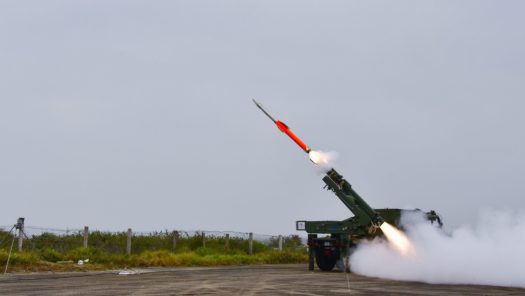
SAV Review: The People behind the Guns: The Relationship Between Cutting-edge Technology and Escalation
Since each country’s nuclear tests in 1998, India and Pakistan have witnessed multiple crises and near-misses, including escalating to the point of kinetic actions and raising the specter of war. Today, both countries find themselves in the midst of tensions…
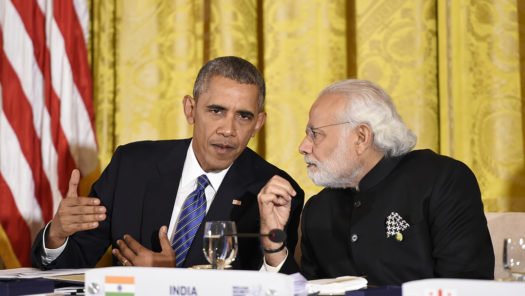
تیسری قوت کے ذریعےجوہری امن کو برقرار رکھنا: جنوبی ایشیا کےلئے اثرات
تزویراتی لٹریچر یہ بتاتا ہے کہ کشیدگی کے اوقات میں جوہری دشمنوں کا مقصد براہِ راست حملے کو ڈیٹر کرنا (روکنا) ہے۔ اسے دوطرفہ ڈیٹرنس ماڈل کا نام دیا گیا ہے کیونکہ دونوں دشمن ایک دوسرے سے ڈیٹر ہوتے ہیں۔…
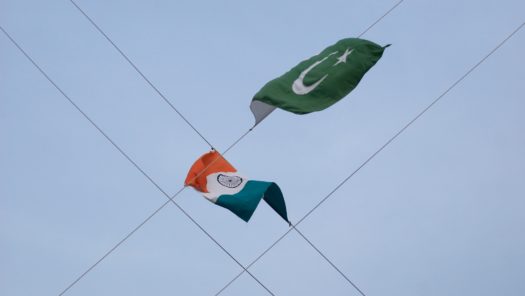
SAV Review: Advancing Without Attacking in India-Pakistan Conflict Dynamics
In a recent article, “Advancing without Attacking: The Strategic Game around the Use of Force,” Dan Altman presents a new framework to study how states behave in crises. In his view, states often engage in a game of chess, attempting…
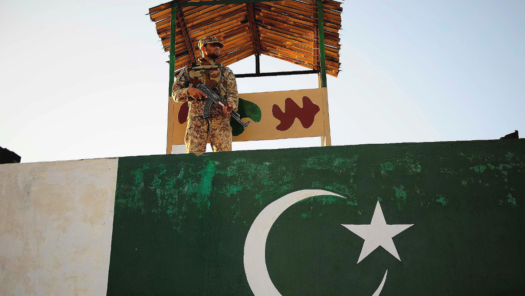
U.S. Interests in Pakistan and Afghanistan: A Study Under Prospect Theory
South Asia has remained a focal point of U.S. foreign policy, particularly since the Afghan War in the 1980s. The superpower has fought two wars in the region; one through proxies and the second directly. In both wars, Pakistan was…

International Financial Institutions Facing a Credibility Crisis
The last few months in Europe have put economic historians, economists, and political economists back in business – especially those fascinated by studying financial crises. The focus now seems to be on gauging the politico-economic crisis unfolding after an intense…
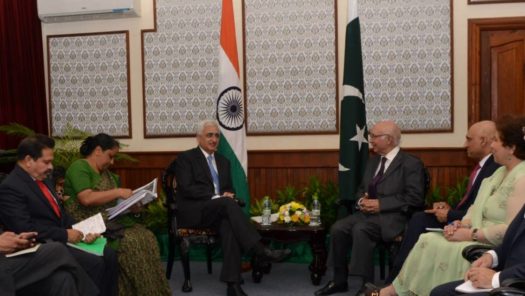
Pakistan-India Relations through the Prism of Constructivism
Realism’s materialistic approach has made a resurgence and become the dominant theory to explain international relations. The concepts of power, self-interest, and statism have become prevalent in academia. The anarchic or somewhat unchecked state of international affairs does depict some…